Learn all about RPA Robotic Process Automation Tools and Technology
What is robotic process automation?
Robotic Process Automation which is usually known as RPA is a rising innovation which is improved to lessen the manual endeavors or its workload by supplanting the human activities by associating with the UI of the framework. It is produced with the idea of building counterfeit consciousness workforces which help in dropping down the overabundance manual work for the businesses or enterprises and so on, with no or less human supervision too. It additionally helps in giving the accurate and convenient information at much faster speed or time. RPA defines as the procedure of transaction processing, manipulating or controlling the business information, triggering reactions and communicating with all the other digital frameworks. The RPA robots perform just as a human from logging into a system, operating the business applications, feeding data in the system, performing complex business calculations, till the process of logging out. The RPA software also helps in boosting the business efficiencies so to save the business cost and time effectively just as the new and innovative industry machines are improving the production rates for the manufacturing business. It also works to streamline the business processes and reduces the manual workload in less time than the usual time taken by a human manpower to seek the datasets of the business and whereas it also eradicates the repetitive business tasks needs to be performed by a chain of people.
Therefore we have curated some of the principal benefits of the RPA as such:
- It helps in maintaining the cost-effectiveness of the organizations as it reduces the operational cost by almost 25-50%.
- It supports in maintaining the business accuracy and quality as there are very less or no chance of errors because the robots are more reliable and consistent so the chances of reworks reduce and efficiency increases.
- It offers a safe and consistence environment to work upon.
- It helps the business to have an improved or better analytics as the data is error-free.
- It also supports in increasing the employee's productivity as the repetitive tasks are performed by the robots which reduce the excess workload from the staff which they can put in more productive outputs for the business.
- Due to better data maintenance, all the business process will run effective and efficient which results in providing the better and enhanced customer service quality and provides better customer satisfaction.
- It helps in managing the large data sets at less or Faster speed.
- It improves the operational quality of the business services and helps in monitoring the networks which enable the organizations to handle their tasks effectively without the need of recurring the extra staff.
Some of the important features of RPA are described through a graphical image below for your easy reference as:
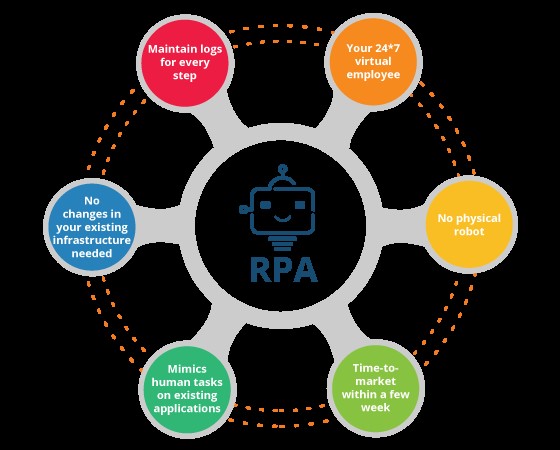
How does robotic process automation work?
The process of RPA is really very simple or powerful as it may sounds. It enables you to develop your own software robots so to automate your business procedures, hence bots are been called to their configurable automation setup so to perform the business tasks, They will works same as your manual workforce but the difference is that they are available 24*7 without breaks or offs. So they are known as the digital workforce of the company.
The RPA bots help in controlling or managing the back office functions of the business in the same manner the mechanical robots aids the productions plant. RPA Bots helps in recreating the worker activities such as opening documents, contributing information, duplicate sticking fields in a computerized way. The process of setting up the RPA bots and its working is explained through 4 approaches which are as follows:
- Programming-One of the most promising interfaces for the setting the programming bots is the use of programming language. As under this approach, utilizing a programming language requires aptitude and tolerance so this strategy is significant for the technical staff. Programming directions basically advise the bot which projects to utilize and how to cooperate with those projects.
- Graphical User Interfaces-One of the other solution of RBA program is the graphical user interface which is easily set up by any person of the company.
- Recorder- The recorder function is the sample as the macro function in the MS-excel. As the bots can complete the recorder business tasks like taking the sales data merging it to the excel data so to find that which customer needs is to be targeted during the company customer review.
- There are some of the limitation with the recorder RPA functions as:
- Recording an unpredictable arrangement of usefulness can be troublesome and mistake inclined
- Maintaining recorded bots is troublesome as their code is machine created and may not be anything but difficult to peruse. Re-recording activities after every little change in the process can likewise be time-consuming.
- Self-learning bots- this the approach where the RPA bots learn from the recorded employee activity so to learn the automated functions.
A graphical representation of RPA task in the business is as:

How to do robotic process automation?
RPA is a software-based function which can be used to perform different business functions which may include the maintenance of the records, business queries, working calculations and controlling the business transactions. We can say that anything which can be done on a computer can be operated through the RPA bots. For example, the technologies like Citrix, .NET, HTML, and Java are few of the important business technologies which are supported by the RPA functions. The process of RPA implementation includes the following procedure such as:
Planning
This the first phase where the business functions are identified on which the automation can be done, few of the questions which help in identifying the required process are:
- Check if the business process is manual or repetitive in nature.
- Check if the business process in rule-based or not.
- Check if the input at of the process is in electronic format or in readable.
- Check if the existing business system can be used as there is no change required in the same.
After identifying the process needs automation the next process is as follows:
- The project team is selected and the RPA implementation timelines and approaches are finalized.
- The design of RPA is confirmed and approved by the management.
- Identify the logging mechanism which needs to be implemented in the process so to find any issues with the running bots.
- A Clear roadmap must need to be defined so to scale up the RPA process.
Development
This is the second phase where the automation is started according to the agreed or defined workflow in the planning phase.
Testing
This is the third phase, where the test is bee conducted on the developed RPA so to find or correct any issues or defects in between the phase.
Support & Maintenance
This the final and continuous phase of the RPA process, it provides continuous support after the RPA process is automated in the business process which helps in eradicating the problems or issues in working of the RPA functions.
The graphical representation of the points or the process of RPA design is as:
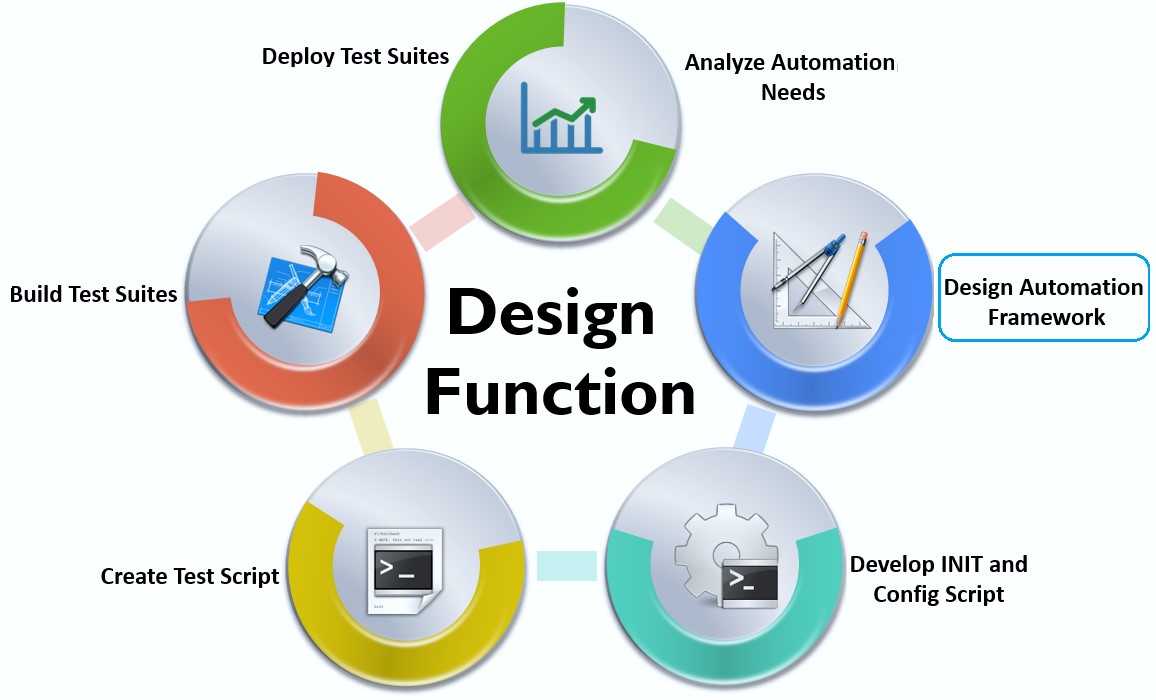
How to use robotic process automation?
There is the number of uses of RPA functions whereas the few of them are:
- It emulates the human action of the repetitive business process by using the various application and the systems.
- It conducts the high volume repetitive business tasks in no time like data entering, copying and pasting the data.
- It performs the multiple business tasks at once as it helps in processing the business transactions than manages the business data till the process of sending reports.
- This is the framework which can exchange information amongst divergent and inheritance frameworks by associating them at the UI level as opposed to growing new information foundation.
- It automates the data extraction process which results in providing the accurate, effective and timely reports.
- It also helps in cross-verification of the data in between the different business frameworks so to maintain their accuracy and to validate the same for the further business functions.
- It also helps in reducing the technical debt of the systems by reducing or removing the gaps in between the systems and also prevents the custom implementations.
- It also helps in managing the products by bridging the gap in between the IT systems and the related product platforms by the use of automation of both the IT and product systems.
- It helps in providing the quality assurance to the business process.
- It also allows the automated data migration through the business systems which is not possible in the traditional systems approaches like through the documents source data files or others.
- It also helps in filling the gaps of the procedural deficiencies which includes task like password resets or systems resets etc.
- It also helps in automatically updating the financial statements of the business so to predict the business revenue forecasting.
Uses of RPA in different businesses platforms such as:
- In the Healthcare Industry
-It helps with the billing procedures
-It also helps in automated patient registration
- In the Human resource service sector
-It helps with payroll processing
-It helps in maintaining the employee's database
-It helps in maintaining the new employees joining formalities
- In the Government sector
-It helps in maintaining the changes in the databases
- In the manufacturing sector
-It helps in maintaining the data like the bill of material and etc.
- It helps in calculating the business sales.
The RPA is used in many other sectors like the banking and finance sector, cybersecurity sector, the education and the insurance sector, retail, telecom sector, travel, and logistics sector and many more.
The graphical representation of the uses of RPA for better understanding:

How to learn robotic process automation?
The new technology of RPA is learned by registering into the valuable and recognized training institutes as they provide you a certification of the course which helps you in grabbing the high-value job in the sector of RPA.
The RPA learning course is created with accordance to the various needs and requirement of the learners who want to learn the advanced technology of RPA. Most of the RPA courses consists of the 30 hours training which is found sufficient enough to make the person well equipped with all the topics of RPA modules whereas the online training course is of available in three slots such as:
Course type | Duration | Hours of training |
Regular | 30 working days | 1 hour per day |
Weekend | 16-20 working days | 2 hours per day |
Fast track | 5 working days | 6 hours per day |
Hence, join or enrol yourself today with the well-recognized and advanced training institute for learning the skills of RPA and become the certified RPA professional.
The growth prospects of RPA in the coming future in all the industries or sectors which emerges the need of learning RPA technology and provides better job prospects to the RPA professionals:
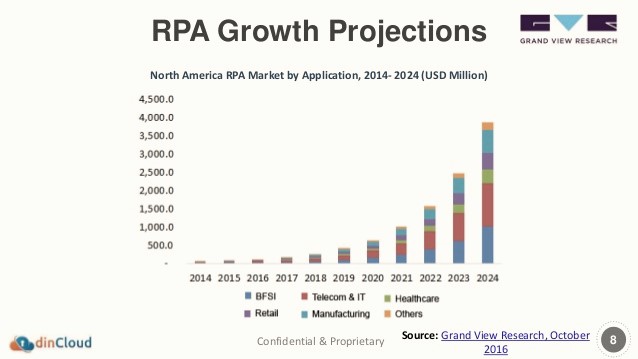
How robotic process automation threatens workers today?
As we all know the relevance and structure of RPA technology and its growth in the near future. Most of the businesses are adapting to the new technology culture of RPA as it helps the business to manage or maintain their workloads with more efficiency and ease.
Therefore the RPA technology has started to replace the human workforce in the industry sectors because of the factors like:
- The robots will complete any business task in less than 1 minute whereas the same is usually completed within 15 minutes by the human workforce.
- RPA helps to carry out the repetitive business tasks which are also well defined and generally requires a team of people of complete the tasks.
- Due to the implementation of RPA, the need of extra workforce is not required by the companies as it is cost effective for them also.
- The robotic machines are available to work around the clock as 24*7. It also does not require any week or festive offs.
- RPA is also very useful when the high volume task and rule-based business tasks need to be performed as robots works faster and effective than the human’s manpower.
Since Robotic Process Automation can adequately supplant the human manpower who are performing the repetitive manual assignments, so, therefore, it is progressively clear that the rise of the RPA technology will put a huge impact on the modern or human workforce.
So as we discussed above the effect of RPA on the human workforce it is clear that some jobs will be lost due to the implementation of RPA but whereas it also creates new job opportunities too. As the business who will start working on the RPA technology may require the specialized and skilled manpower to monitor, control, analyze and effective maintenance of the RPA technology. Therefore this new revolutionized technology will build the field of expert or skilled professional.
The graphical representation of the risk of RPA technology on the jobs are describe though this global index showing the effect of automation on the global platform:

Hence, this is all about the newly developed or emerging technology known as RPA (Robotic Process Automation) which is termed as the future of technology for all. So if you are the one who is interested to be the part of this technology than start engraving your skills though the RPA certification training.
Find a course provider to learn Robotic Process Automation (RPA)
Java training | J2EE training | J2EE Jboss training | Apache JMeter trainingTake the next step towards your professional goals in Robotic Process Automation (RPA)
Don't hesitate to talk with our course advisor right now
Receive a call
Contact NowMake a call
+1-732-338-7323Take our FREE Skill Assessment Test to discover your strengths and earn a certificate upon completion.
Enroll for the next batch
rpa certification online
- Dec 12 2025
- Online
rpa certification online
- Dec 15 2025
- Online
rpa certification online
- Dec 16 2025
- Online
rpa certification online
- Dec 17 2025
- Online
rpa certification online
- Dec 18 2025
- Online
Related blogs on Robotic Process Automation (RPA) to learn more
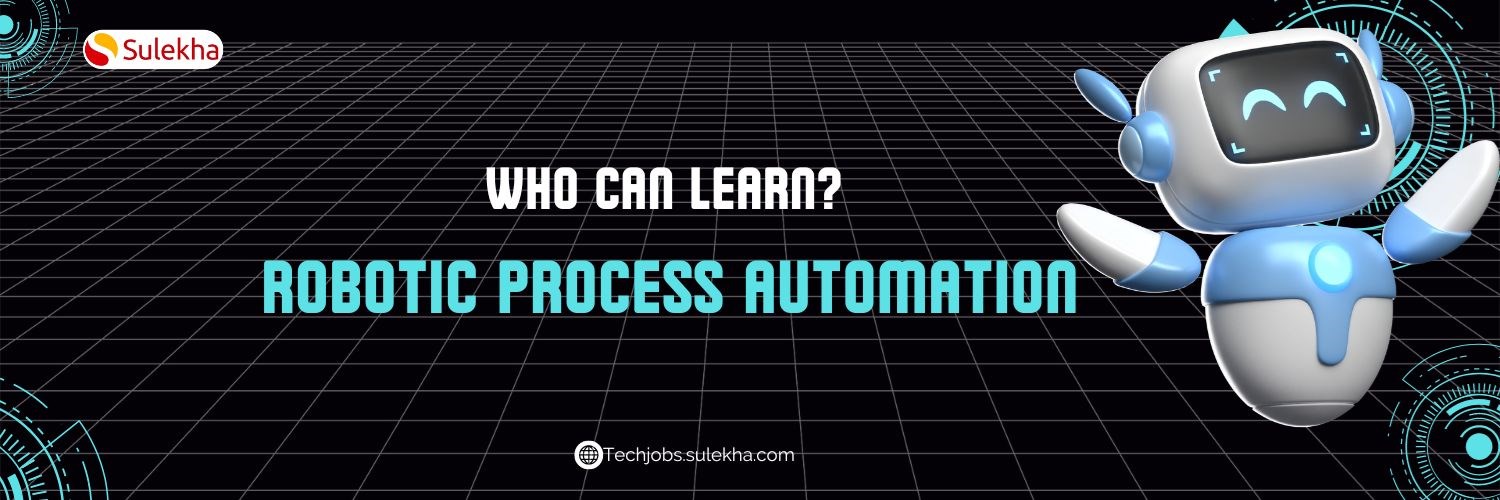
Who can Learn Robotic Process Automation?
Master Robotic Process Automation (RPA) and transform your career with our comprehensive courses, designed for anyone looking to improve their chances of getting job in the near future.
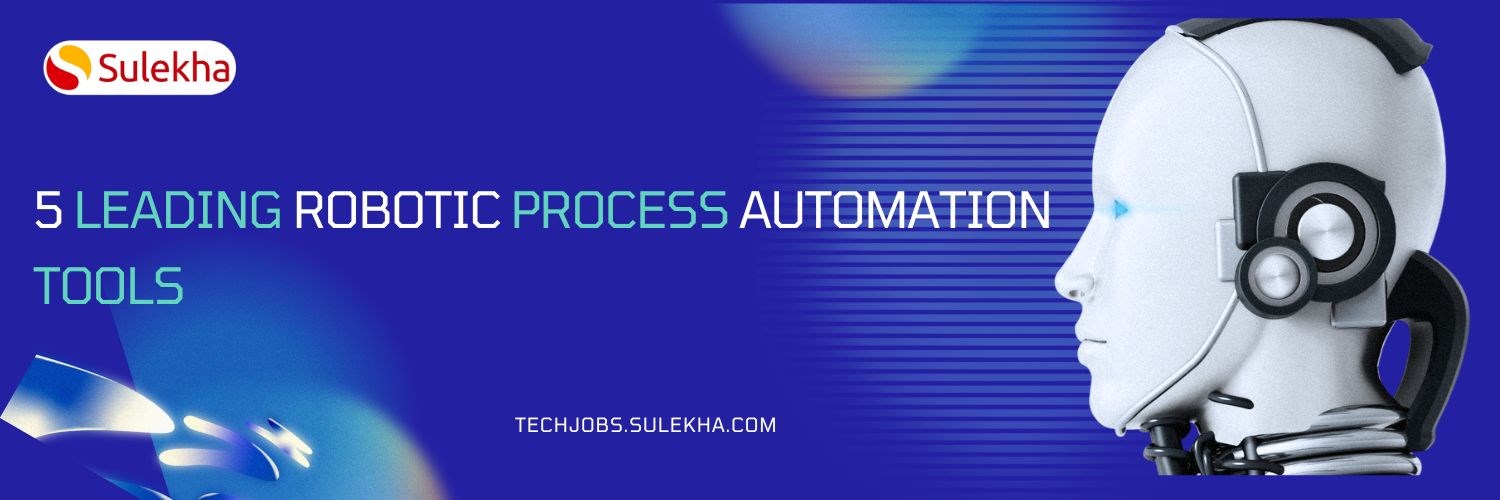
5 Leading Robotic Process Automation Tools
5 leading tools offer advanced features such as AI, machine learning, and low-code development to streamline workflows, reduce errors, and increase efficiency.

What is RPA certification
Robotic Process Automation (RPA) has emerged as a transformative force in the realm of business process automation, and the demand for RPA certification is on the rise. Let's delve into the factors that make RPA certification highly sought after in t
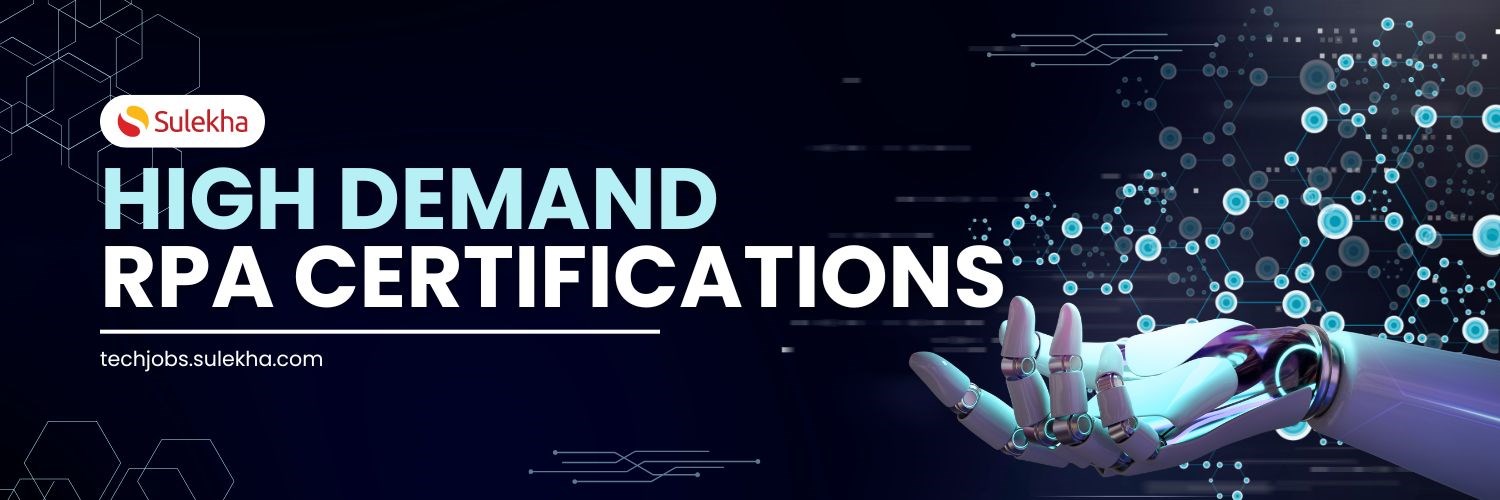
Which RPA Certification is in High Demand
RPA (Robotic Process Automation) certification is in high demand primarily due to the widespread adoption of automation technologies across industries. As businesses seek to enhance operational efficiency, reduce costs, and improve productivity, RPA
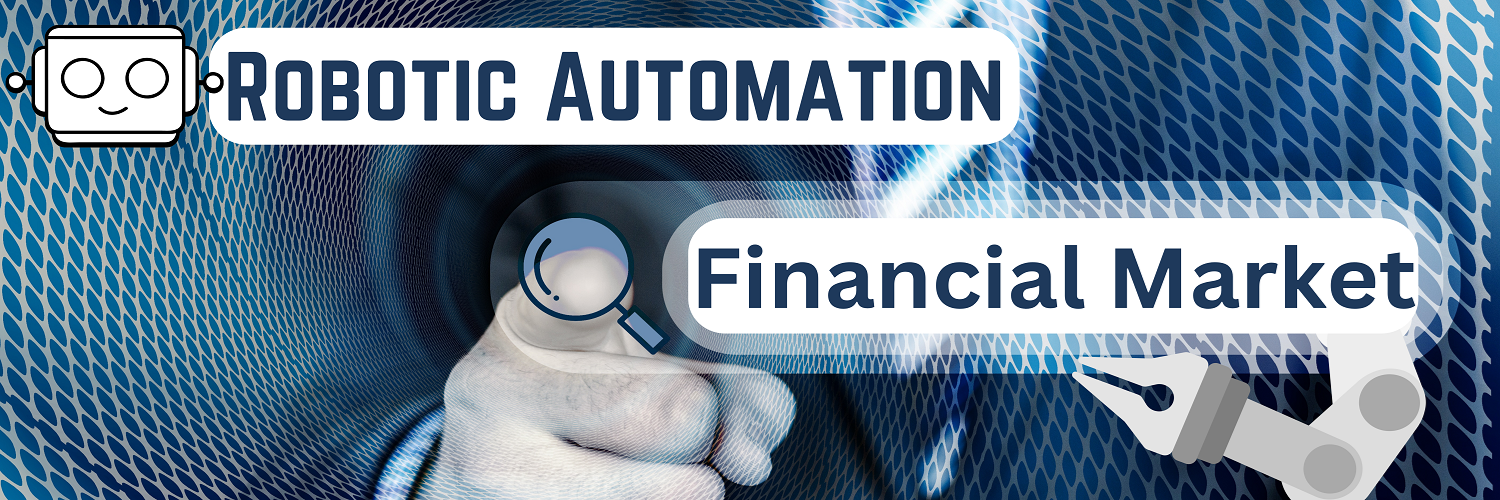
Robotic Process Automation in Finance Market Analysis, 2031
Automation has surged in demand due to its transformative impact on industries and businesses across the globe. Automation offers a powerful solution in an era marked by digitalization and efficiency. It enables organizations to streamline operations

RPA Tools and Technologies: Choosing the Right Platform for Your Business
RPA Tools and Technologies: Choosing the Right Platform for Your Business
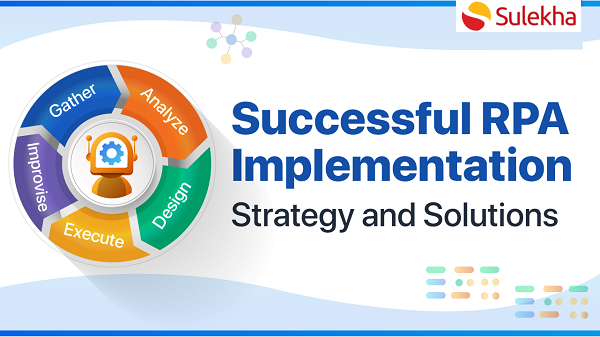
RPA Implementation and Deployment: Best Practices for Successful Automation Projects
Introduction The deployment of
Latest blogs on technology to explore

From Student to AI Pro: What Does Prompt Engineering Entail and How Do You Start?
Explore the growing field of prompt engineering, a vital skill for AI enthusiasts. Learn how to craft optimized prompts for tools like ChatGPT and Gemini, and discover the career opportunities and skills needed to succeed in this fast-evolving indust

How Security Classification Guides Strengthen Data Protection in Modern Cybersecurity
A Security Classification Guide (SCG) defines data protection standards, ensuring sensitive information is handled securely across all levels. By outlining confidentiality, access controls, and declassification procedures, SCGs strengthen cybersecuri

Artificial Intelligence – A Growing Field of Study for Modern Learners
Artificial Intelligence is becoming a top study choice due to high job demand and future scope. This blog explains key subjects, career opportunities, and a simple AI study roadmap to help beginners start learning and build a strong career in the AI

Java in 2026: Why This ‘Old’ Language Is Still Your Golden Ticket to a Tech Career (And Where to Learn It!
Think Java is old news? Think again! 90% of Fortune 500 companies (yes, including Google, Amazon, and Netflix) run on Java (Oracle, 2025). From Android apps to banking systems, Java is the backbone of tech—and Sulekha IT Services is your fast track t

From Student to AI Pro: What Does Prompt Engineering Entail and How Do You Start?
Learn what prompt engineering is, why it matters, and how students and professionals can start mastering AI tools like ChatGPT, Gemini, and Copilot.

Cyber Security in 2025: The Golden Ticket to a Future-Proof Career
Cyber security jobs are growing 35% faster than any other tech field (U.S. Bureau of Labor Statistics, 2024)—and the average salary is $100,000+ per year! In a world where data breaches cost businesses $4.45 million on average (IBM, 2024), cyber secu

SAP SD in 2025: Your Ticket to a High-Flying IT Career
In the fast-paced world of IT and enterprise software, SAP SD (Sales and Distribution) is the secret sauce that keeps businesses running smoothly. Whether it’s managing customer orders, pricing, shipping, or billing, SAP SD is the backbone of sales o

SAP FICO in 2025: Salary, Jobs & How to Get Certified
AP FICO professionals earn $90,000–$130,000/year in the USA and Canada—and demand is skyrocketing! If you’re eyeing a future-proof IT career, SAP FICO (Financial Accounting & Controlling) is your golden ticket. But where do you start? Sulekha IT Serv

Train Like an AI Engineer: The Smartest Career Move You’ll Make This Year!
Why AI Engineering Is the Hottest Skillset Right Now From self-driving cars to chatbots that sound eerily human, Artificial Intelligence is no longer science fiction — it’s the backbone of modern tech. And guess what? Companies across the USA and Can

Confidence Intervals & Hypothesis Tests: The Data Science Path to Generalization
Learn how confidence intervals and hypothesis tests turn sample data into reliable population insights in data science. Understand CLT, p-values, and significance to generalize results, quantify uncertainty, and make evidence-based decisions.